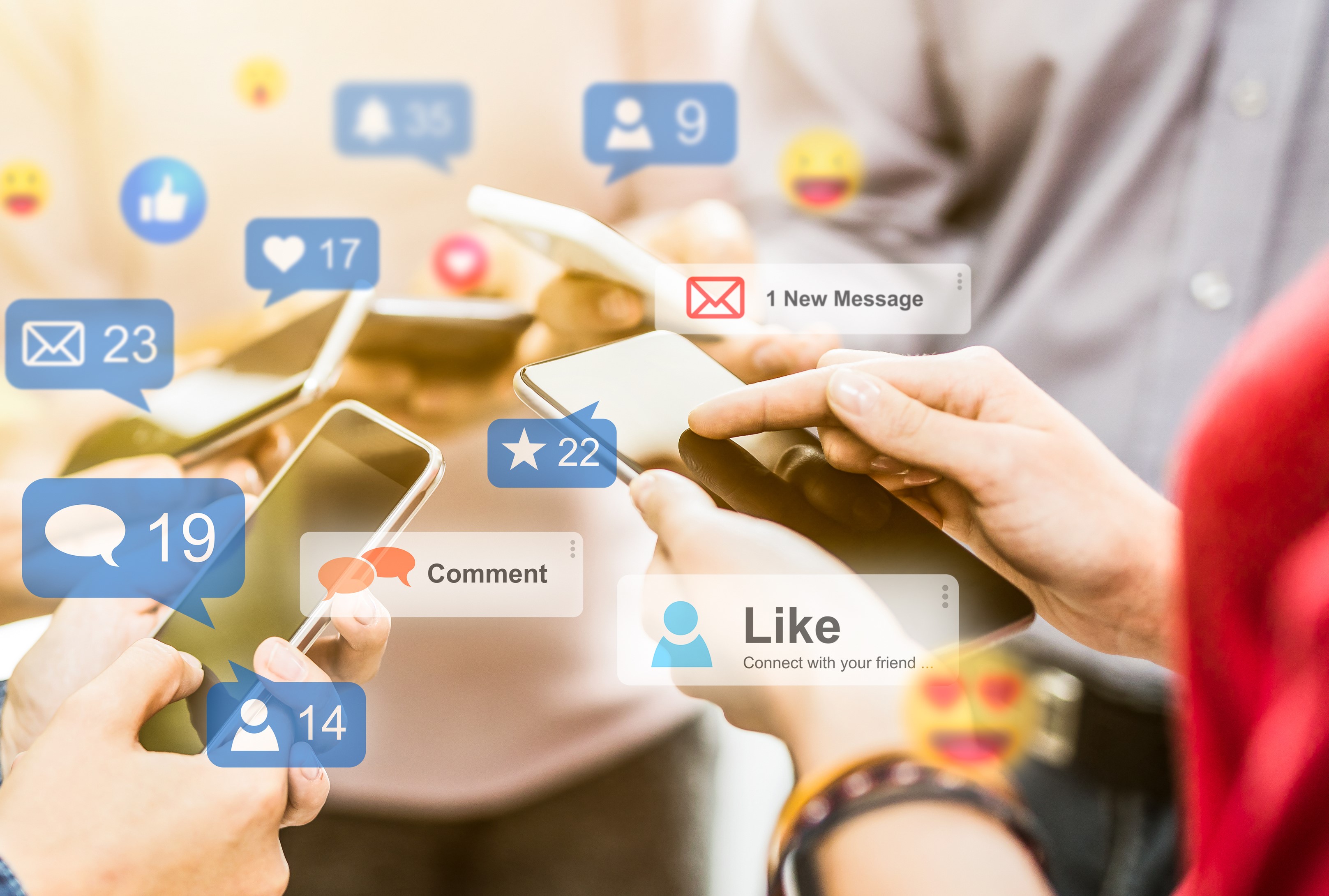Many businesses – both big and small – are using social media to promote their brands and connect with their audiences. With social media, businesses can interact directly with customers and receive direct feedback. For many businesses, social media is the first place that people look when researching a new business. Thus, social media is the perfect tool to use for lead generation as well as brand loyalty. However, when a business creates a social media account, it should also consider how social media can influence its brand image. For both good and bad, social media can strengthen feelings about a brand much more than other marketing media can.
Social media can amplify brand image
The biggest advantage that social media has is that it enables micro-targeting of audiences. Micro-targeting also has the added effect of making the targeted audience feel special and enhancing the feelings they have towards the brand. Because social media is generally public, other people can see these brand-audience interactions and then the effects of that micro-targeting can spread to other customers.
Secondly, information spread is great for spreading a brand’s image through social media. Information spread comes in many forms such as Twitter’s “retweet” and “hashtag” functionality. Essentially, social media provides word-of-mouth advertising, but on a larger scale. Furthermore, customers are able to keep tabs on brands and receive notifications about what those brands are up to.
On social media, consumers are able to interact more actively with brands. On the flipside, brands are also able to interact more freely. Using the functionality of various social media, businesses can organize polls, competitions, and referral campaigns to attract new audiences, receive feedback and connect with audiences. The ubiquitous nature of social media makes it an excellent place to hold these events.
Social media can personify a brand
A brand that audiences can relate to and empathise with draws in more customers. Social media is the ideal medium to humanise a brand. Whether it is a single or a team of marketers that manage a business’s social media accounts, it is the brand that audiences see. That is who they attribute the account to.
Fast food brands like Wendy’s and Burger King have built up a reputation of being snarky. Both those interested in their food and those who are not can enjoy their tweets and end up retweeting them and sharing them on other platforms. Some customers and businesses even make it a game to compete with the sass that the brands employ. But it’s not the ones managing the social media accounts that audiences take a jab at. It’s the brand. Some may find how Wendy’s presents themselves as crass and unprofessional, but the persona they’ve adopted seems to be working for them. The unprofessionalism promotes more of a friend-to-friend relationship and creates more brand loyalty.
But just because Wendy’s does it and succeeds, doesn’t mean it’s the way of going about things. The social media persona that Wendy’s has created aligns with their brand image and draws in the audience they want to draw in. A health brand may not fare well if it playfully insults their audience. A portion of that audience may be self-conscious and put off. You have to fit the social media account to the brand image you wish to present. It seems that what works for businesses who want to create a more welcoming brand is to include humour in the account. A little humour can create positive associations with the brand.
Social media adds another dimension to PR
On social media, many people can get swept up in others’ opinions. Even for those that do not, it’s only the vocal few that can affect the brand’s image. Remember how most people research brands on social media? Well, audience opinion contributes a lot, and those that speak the loudest are the ones that new prospects hear. Social media then provides a counter to this. While in the past releasing PR statements may have taken longer to come into effect – information didn’t spread as fast – with the introduction of social media, PR statements can be sent and quickly spread from sharer to sharer.
However, even small mistakes can cause social media followers to riot and there’s bound to be someone who doesn’t agree with a brand’s message. Actress Rosanne Barr blamed writing several racists tweets on her use of a sleep aid created by Sanofi. Thus, Sanofi didn’t wait for others to point out Rosanne’s flawed arguments. They replied with a tweet saying:
“People of all races, religions and nationalities work at Sanofi every day to improve the lives of people around the world. While all pharmaceutical treatments have side effects, racism is not a known side effect of any Sanofi medication.”
The subtly snide response garnered a lot of attention and positive responses. Because of this, the message spread very quickly. The more people agree with a brand’s views, the likelier they are to send it to others, and the “cleverer” way to put things will garner more attention.
When a business actually makes a mistake like when Adidas sent an email to customers titled “Congrats, you survived the Boston marathon!” after the Boston bombing, it seems that the best thing to do is to admit those mistakes. That’s exactly how Adidas responded and it was met favourably. The more you try to justify things or sweep them under the rug, the more social media audiences will push back. After all, even the most silent of people can be quite vocal on social media.











